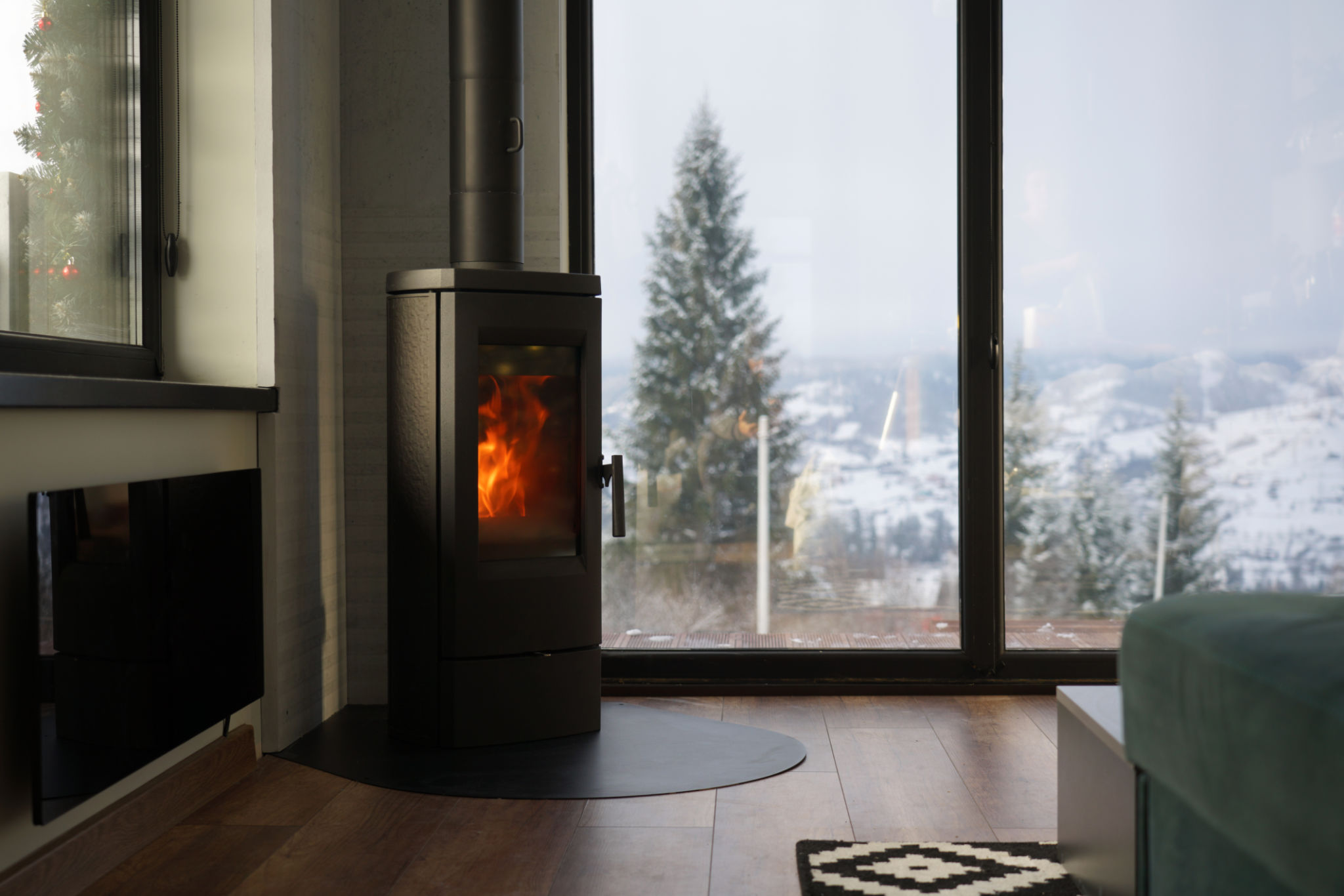DIY Chimney Inspection: What Homeowners Need to Know
Understanding the Importance of Chimney Inspections
As a homeowner, ensuring the safety and efficiency of your home's heating systems is crucial. One often overlooked aspect is the chimney, which plays a vital role in venting smoke and harmful gases out of your home. Regular chimney inspections can prevent potential hazards such as chimney fires or carbon monoxide poisoning, making it an essential part of home maintenance.
Performing a DIY chimney inspection can help identify visible issues and determine whether professional help is needed. While annual professional inspections are recommended, a basic DIY check can be done periodically to maintain chimney health and safety.

Gathering the Right Tools
Before starting your DIY chimney inspection, it’s important to gather the appropriate tools. These include a flashlight, a dust mask, gloves, and a small mirror. For safety reasons, make sure you have a sturdy ladder if you need to access the roof. Having these tools ready will make the inspection process smoother and more efficient.
If you’re planning to clean the chimney during your inspection, you might also need a chimney brush, a flexible rod, and a vacuum cleaner designed for ash removal. Remember to wear old clothes as this can be a dirty task.
Inspecting the Exterior
Begin your inspection by examining the exterior of your chimney. Look for any visible signs of damage such as cracks, loose bricks, or damaged mortar. Check the flashing around the base of the chimney for any gaps or signs of rust, which could lead to leaks inside your home.

Checking the Interior
Next, move to the interior of your chimney. Using your flashlight, look up into the flue from the fireplace or stove. Look for any obstructions like nests or debris that might block airflow. A small mirror can help you see areas that are difficult to illuminate directly.
If you notice any black or brown residue inside, this could be creosote buildup, which is highly flammable and must be cleaned out regularly to prevent chimney fires.

Evaluating Chimney Components
Pay attention to the condition of the chimney cap, which prevents rain, debris, and animals from entering the chimney. Ensure that it is securely attached and free from rust or other damage. Additionally, check the damper to ensure it opens and closes properly.
The flue liner should also be inspected for any signs of cracking or deterioration. Damaged liners can allow heat and gases to escape into your home, posing serious risks.
When to Call a Professional
While a DIY inspection can reveal many issues, certain problems require professional attention. If you find severe structural damage, excessive creosote buildup, or are unsure about any findings during your inspection, it’s best to consult a certified chimney sweep.
Professional sweeps have the tools and expertise needed to address complex issues effectively and safely, ensuring your chimney operates efficiently.
Maintaining Your Chimney
Regular maintenance is key to keeping your chimney in top condition. Schedule annual inspections with a professional and perform DIY checks between these visits to catch potential issues early.
By staying proactive with chimney care, you can ensure not only the longevity of your chimney but also the safety of your home and family.